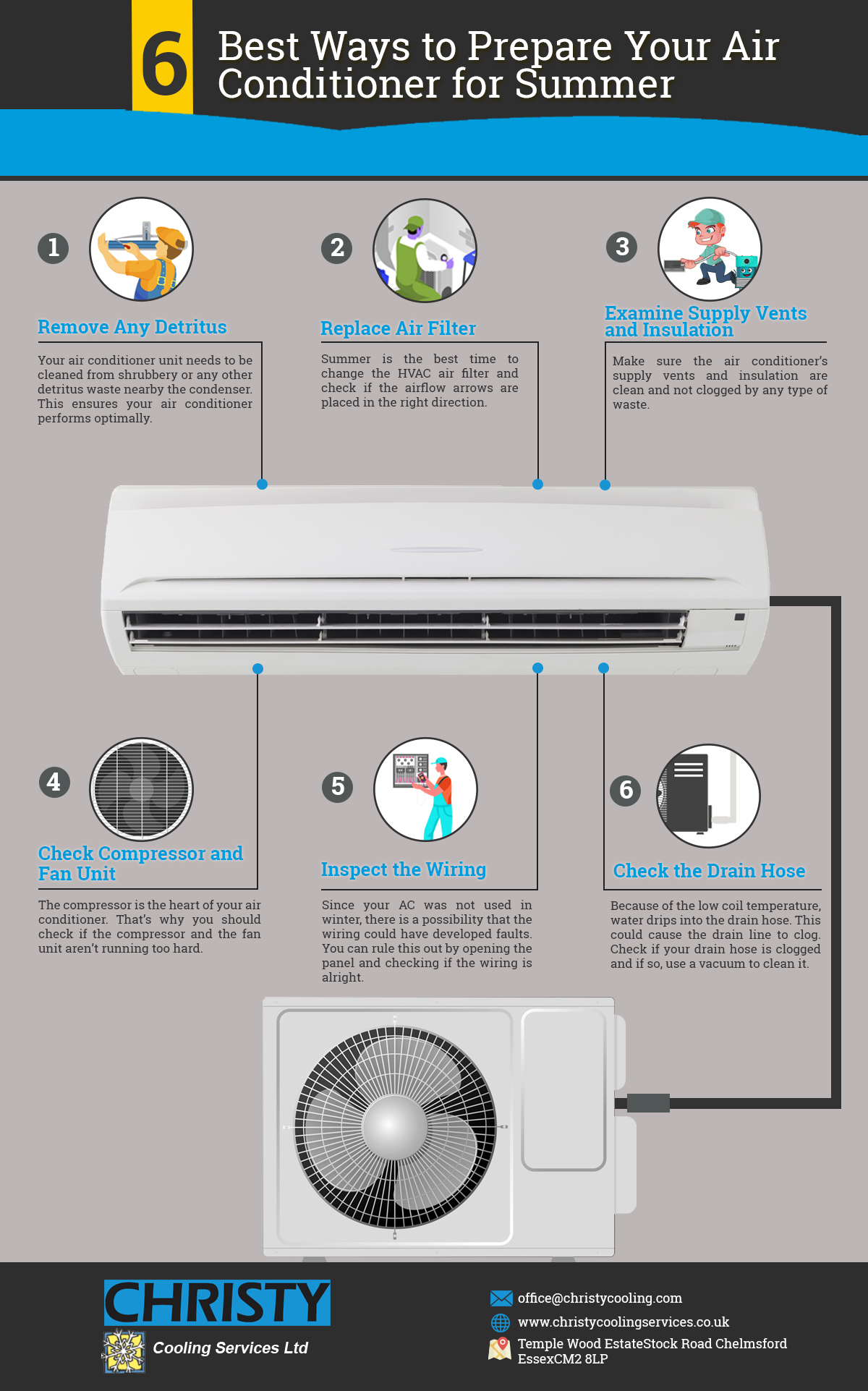Understanding The Impacts Of Weather On Heatpump Performance And How To Reduce Them
Understanding The Impacts Of Weather On Heatpump Performance And How To Reduce Them
Blog Article
Personnel Writer-Pacheco Linnet
When it comes to your heat pump, climate plays an essential function in its performance. From freezing temperatures to sweltering heat, each component can impact exactly how successfully your system operates. Yet what can go right here do to combat these weather-related obstacles and guarantee your heat pump is working at its best? Keep tuned to uncover useful ideas and methods to optimize your heat pump's efficiency, no matter the climate condition it deals with.
Climate Elements Affecting Heatpump Effectiveness
Climate factors have a considerable impact on the efficiency of heatpump. One crucial element is temperature. Heat pumps function by moving warmth from outside to within throughout winter season and vice versa in summer. As temperatures drop, it ends up being harder for the heat pump to remove warmth from the outside air, minimizing its performance.
An additional key element is humidity. High humidity degrees can make it more difficult for the heat pump to release warmth throughout the cooling process.
Additionally, wind speed contributes. Solid winds can dissipate the heat taken in or released by the heat pump, impacting its overall performance.
Tips for Optimizing Heat Pump Performance
To boost the effectiveness and longevity of your heatpump, carrying out a few vital strategies can make a considerable distinction in its performance.
Firstly, guarantee routine upkeep by cleansing or changing filters every 1-3 months to avoid air movement clogs and optimize air flow. Additionally, schedule yearly specialist assessments to discover and address any type of possible concerns early on.
Optimal thermostat setups likewise play a vital role. Throughout the winter, aim for a temperature level setting that's as low as comfy, and during the summer, established it as high as comfy to decrease the work on your heat pump. Utilizing a programmable thermostat can help you automatically adjust setups based upon your timetable.
Furthermore, sealing leakages in ductwork and insulating ducts in unconditioned rooms can avoid energy loss and improve general system efficiency.
Finally, think about mounting a clever thermostat that can discover your practices and readjust setups accordingly, more maximizing your heatpump's efficiency. By following these suggestions, you can guarantee your heat pump runs efficiently and properly throughout the year.
Best Practices for Weatherproofing Your Heatpump
For ideal performance and effectiveness of your heat pump, applying weatherproofing steps is vital. Start by securing any kind of spaces or cracks around doors, home windows, and ductwork to prevent warm loss and maintain a constant interior temperature.
Protect exposed pipelines and ducts to avoid cold throughout cold weather and make certain correct air movement. Think about installing a protective cover over the exterior system to secure it from harsh weather components like snow, ice, and debris.
Regularly tidy the exterior unit to get rid of dirt, leaves, and debris that can obstruct air flow and lower efficiency. In addition, keep the location around the heat pump clear of snow, ice, and vegetation to permit proper ventilation.
Final thought
Since you understand exactly how weather impacts your heatpump performance, you can take positive actions to optimize its effectiveness. By adhering to the tips detailed in this article, such as regular maintenance, thermostat changes, and weatherproofing procedures, you can guarantee that your heatpump runs at its finest no matter the weather conditions. Keep successful and keep your home comfortable all year round.
